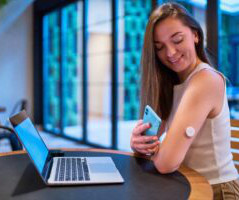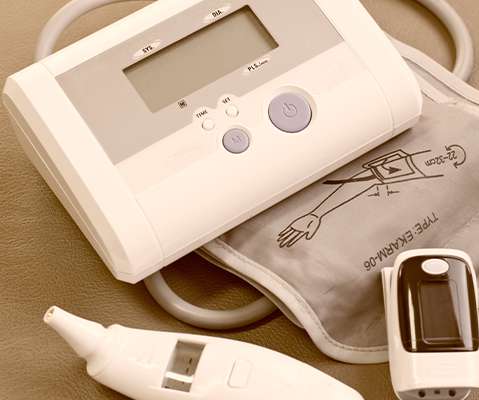Remote Cardiac Monitor Data and Artificial Intelligence: Transforming Clinical Applications for Heart Patients
Electronic Health Reporter
JUNE 20, 2019
However, AI and machine learning technologies are being developed to make care pathways, treatment and real-time visualization of cardiac anomalies and subsequent therapy […]. This article is copyrighted strictly for Electronic Health Reporter. Illegal copying is prohibited.














Let's personalize your content